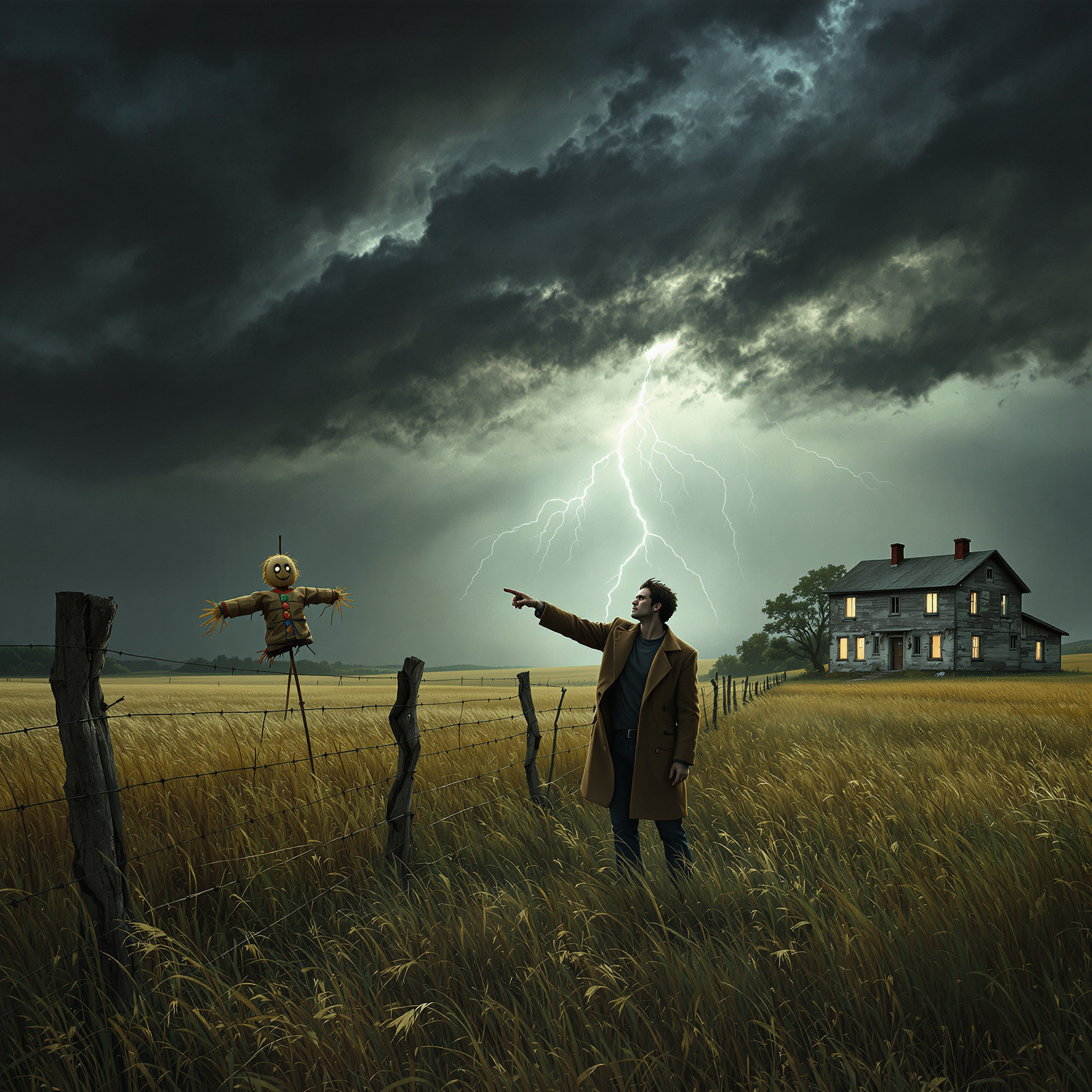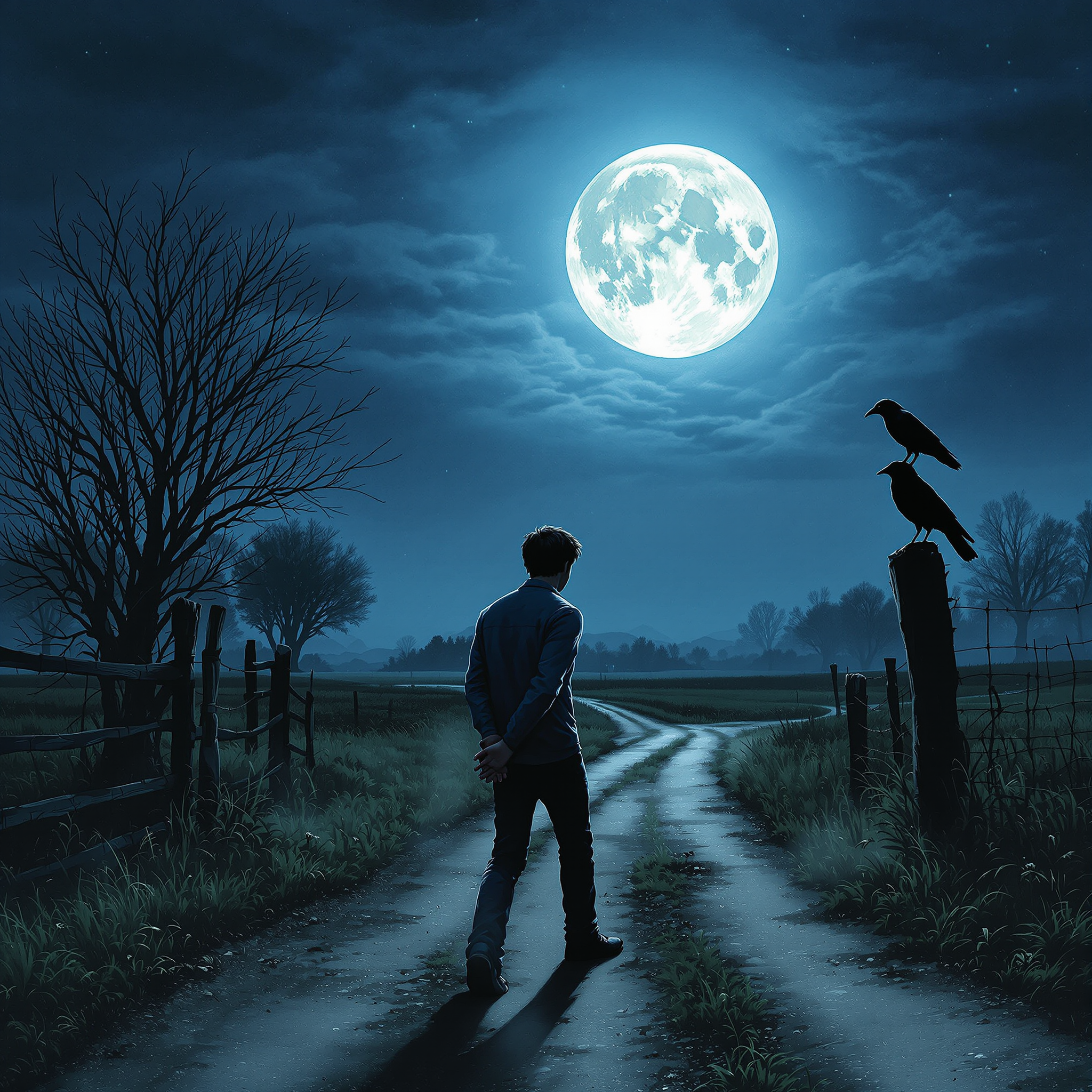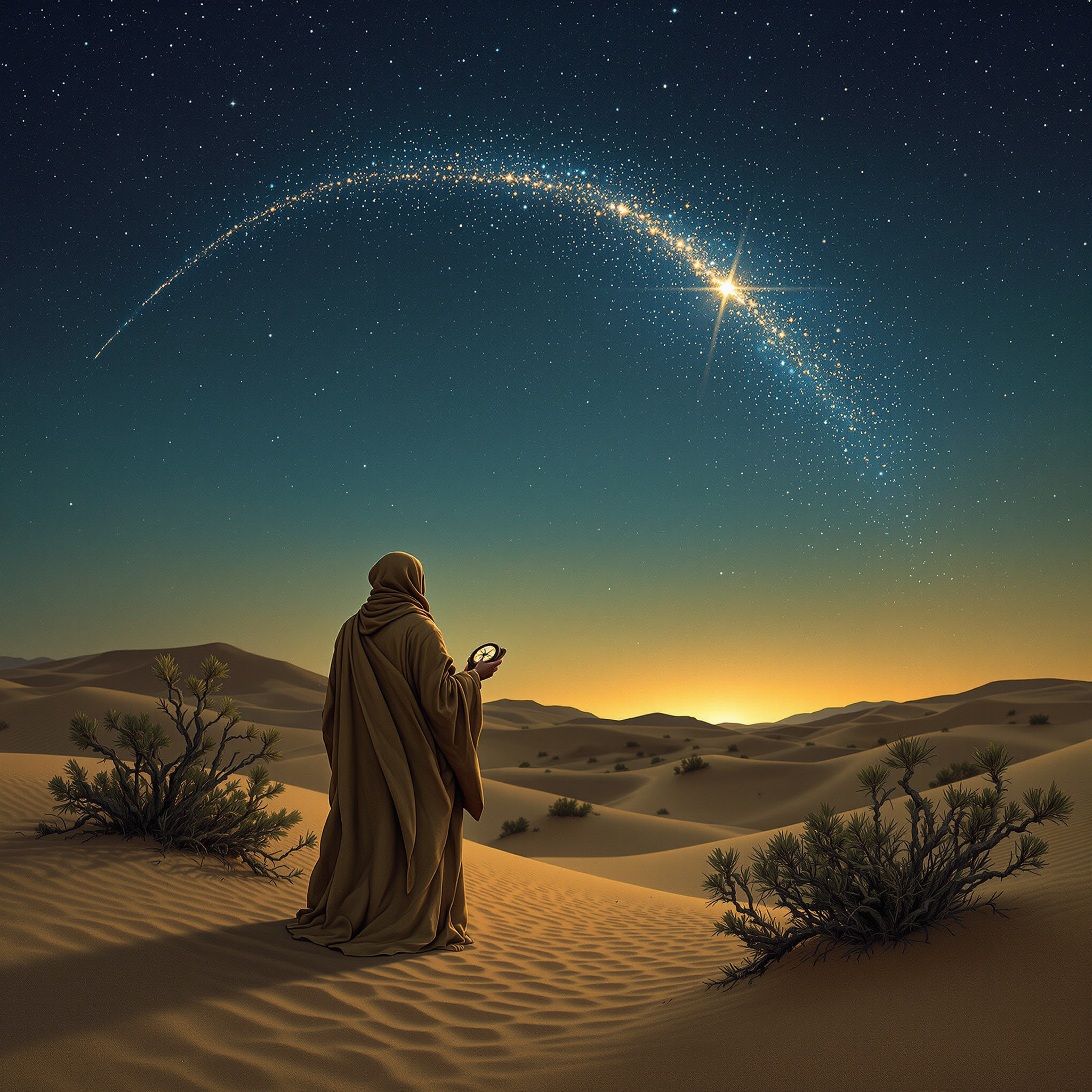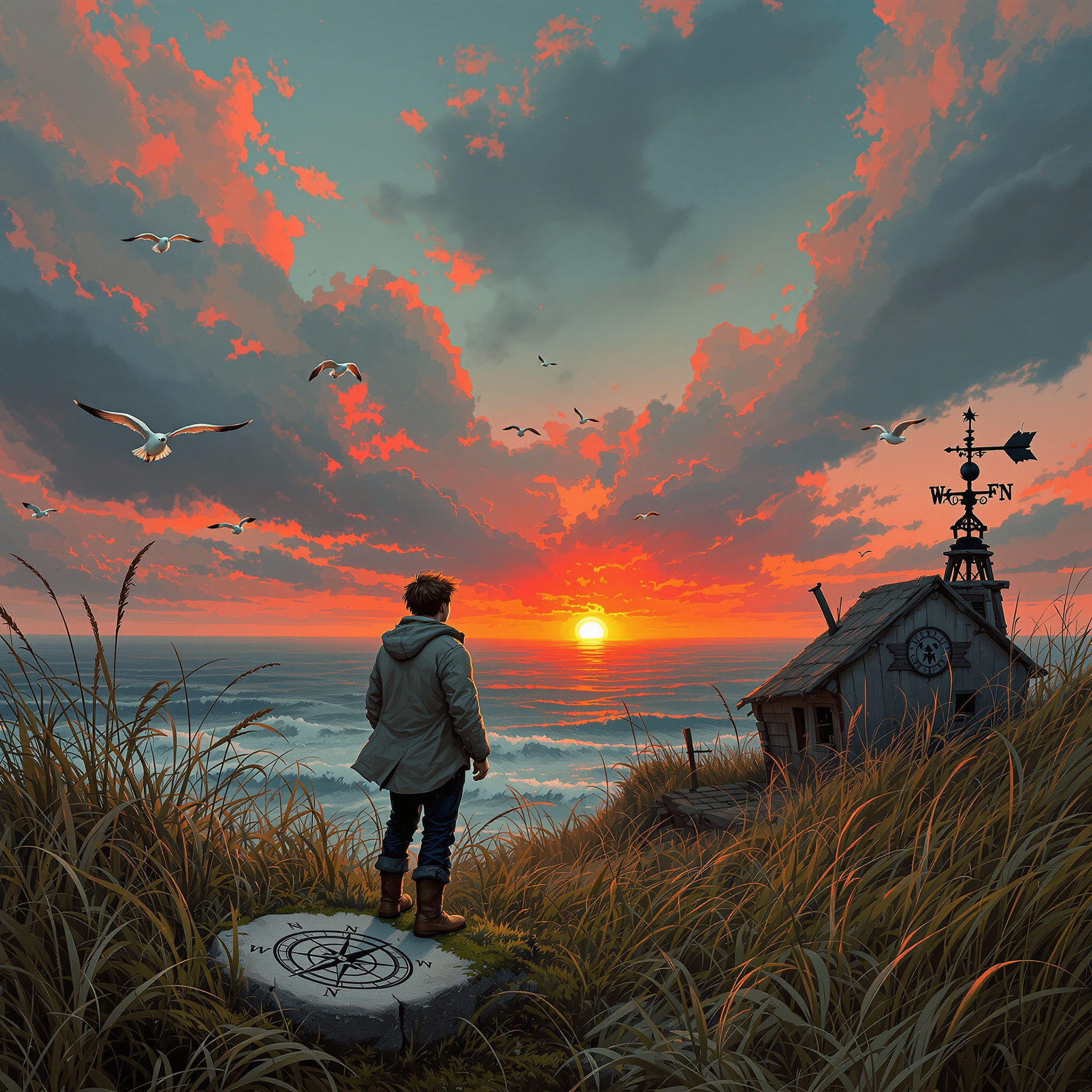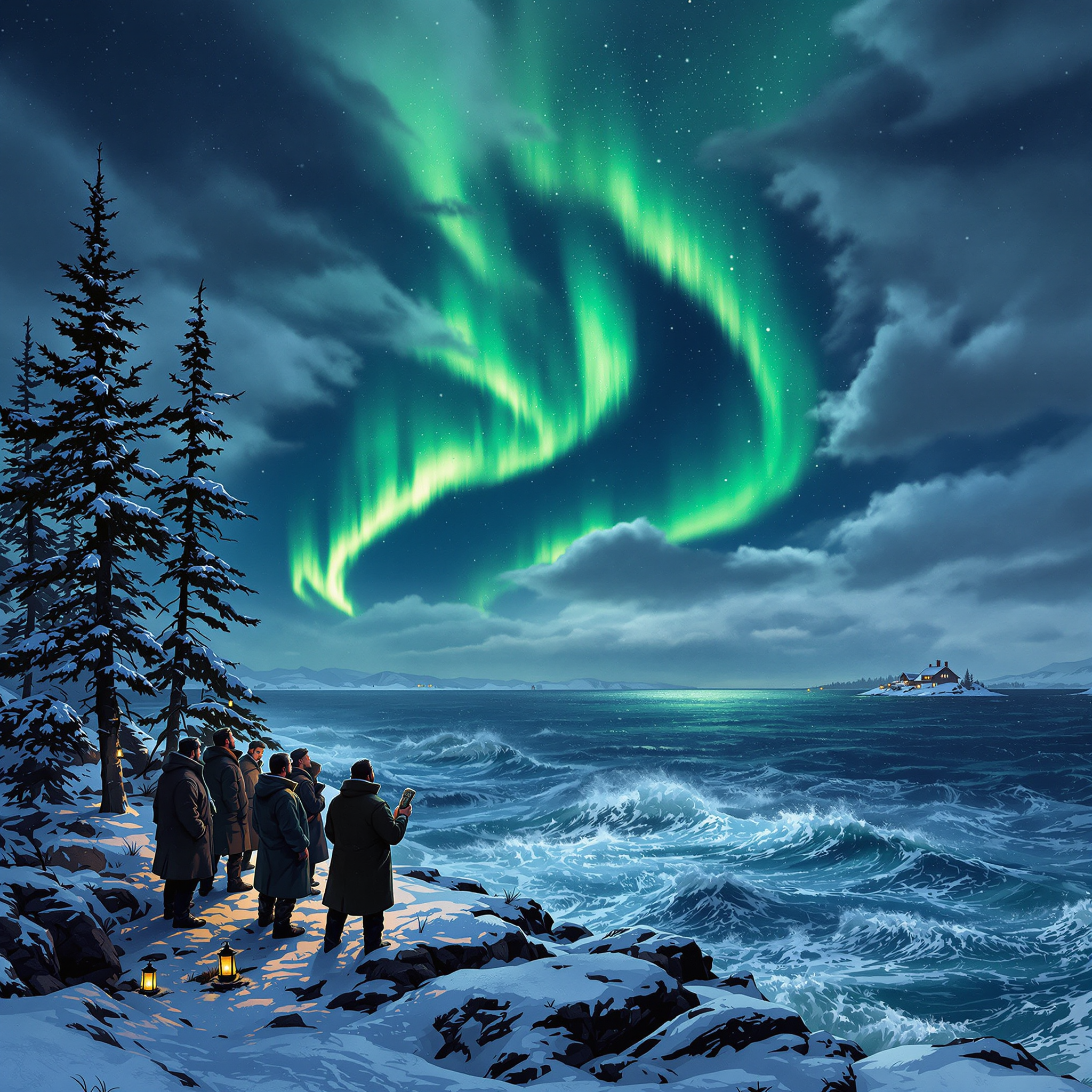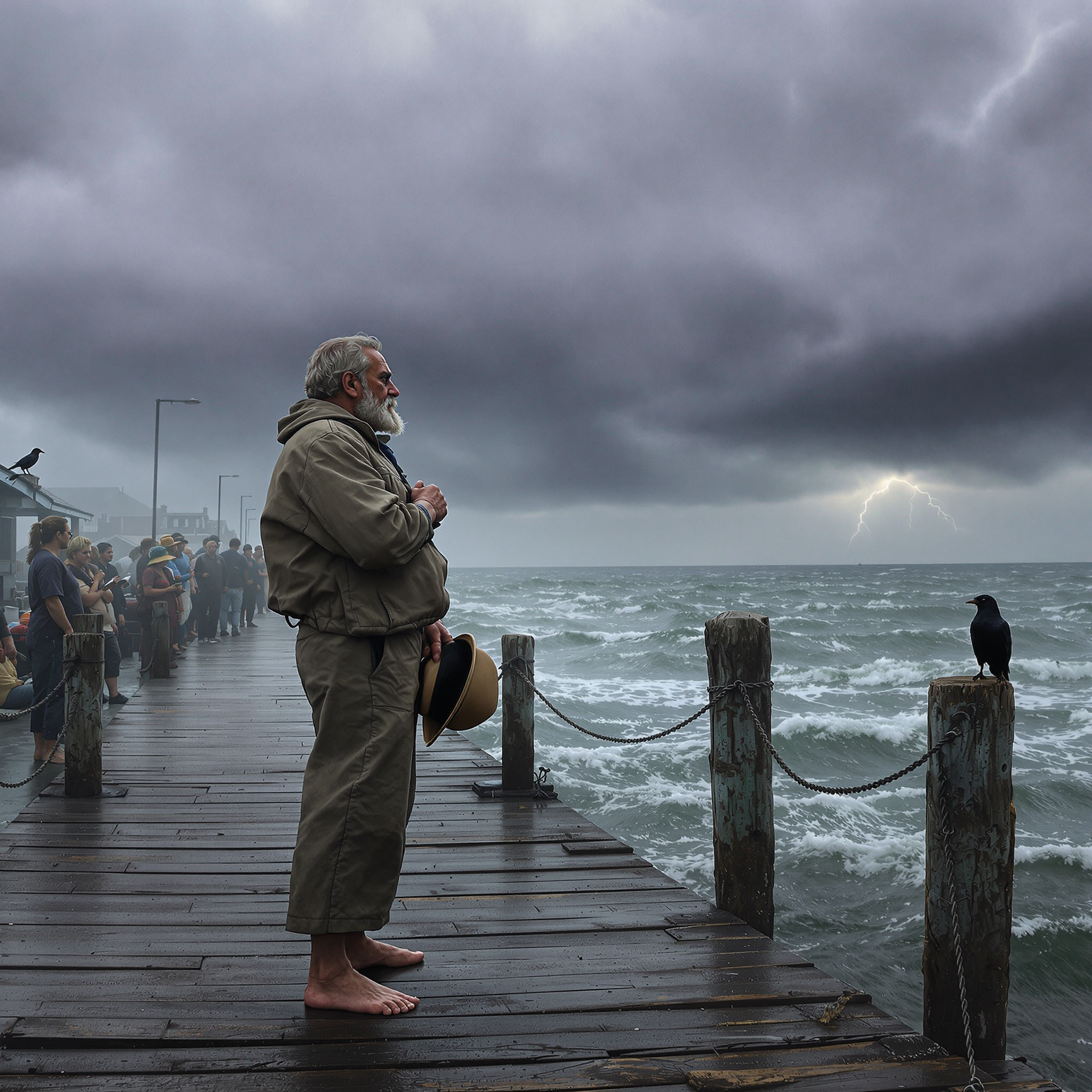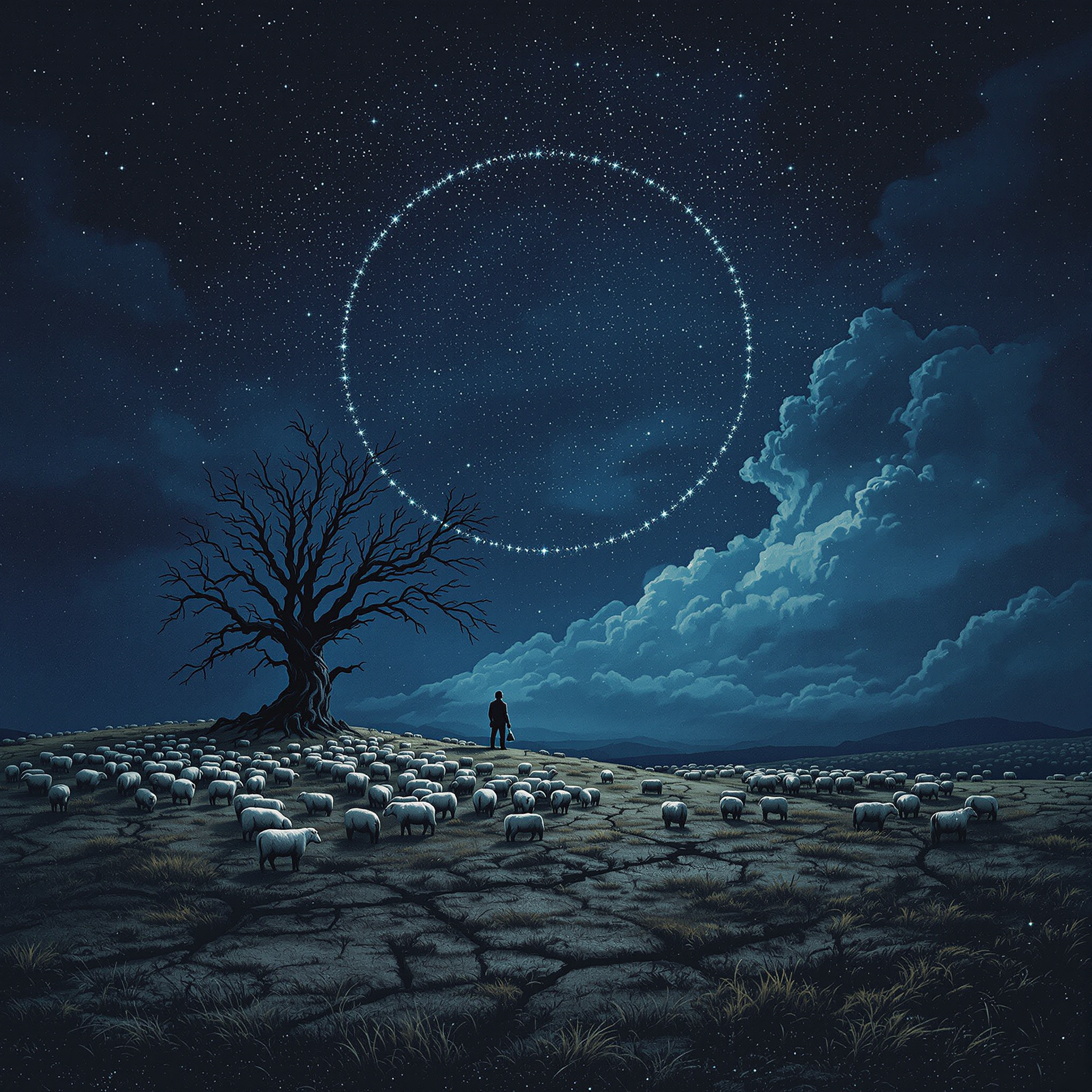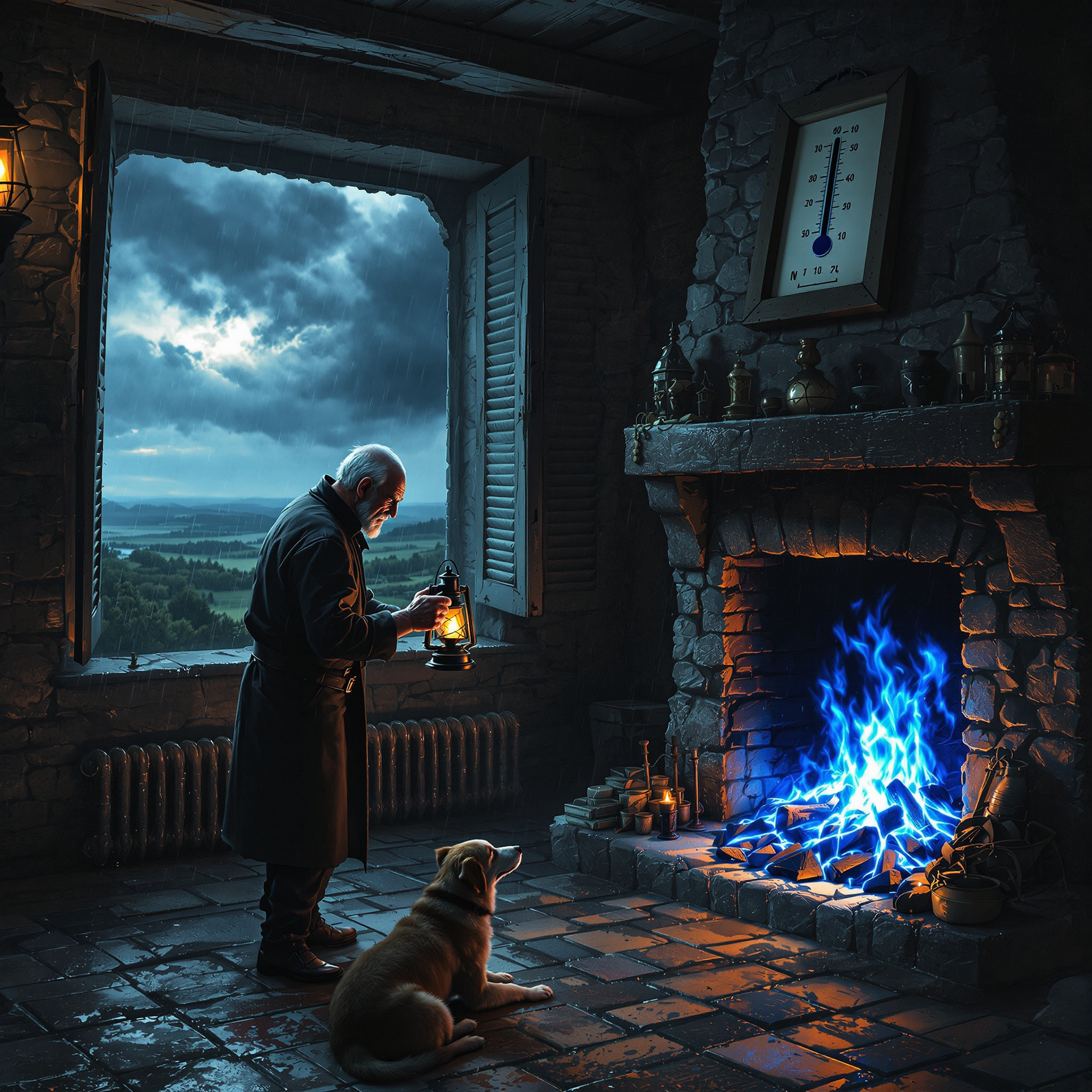This superstition warned people not to directly point at approaching thunderstorms or to gaze for too long at lightning—especially during summer storms. Doing so was believed to attract bad luck or cause mental disturbances, such as madness. The gesture of pointing invites the attention of malevolent forces or angers the spirits thought to dwell in the sky. People were urged to either look away quickly or cross themselves as protection. While no physical items or rituals were performed, behavioral caution—silent observation, hands kept at one’s side—was part of the practice. The belief aims to show respect for the power of nature and possibly prevents lightning-attracting movements in exposed areas, like raising one’s hand.
Natural Phenomena Superstitions
In certain rural or pre-scientific belief systems, an inexplicable stratum of warm air—particularly when felt suddenly or experienced while outdoors—was regarded as an ominous indicator of an evil presence. This phenomenon, often occurring near marshes or during sudden weather shifts, was thought to signal that the devil was nearby or had recently passed. People encountering this atmospheric anomaly might react with fear, leave the area immediately, or perform protective gestures such as crossing themselves, reciting blessings, or lighting candles. In some localized versions of the belief, the warm air was considered a ‘breath’ or manifestation of demonic energy, further blurring the line between environmental phenomena and spiritual fear. While no specific practice evolved to dispel the warm air, avoiding areas where it occurred became a preventative behavior.
This superstition dictates that one should never look at the moon over the right shoulder, as it is believed to usher in misfortune or negativity. Should one accidentally do so, a reversal ritual is to be performed immediately:
– Turn the body around completely,
– Take three deliberate backward steps,
– Keep both hands clasped behind the back throughout,
– Finally, look at the moon again—but this time over the left shoulder.
This ritual is believed to counteract the inauspicious effect of the initial misstep, restoring cosmic and personal balance. The number three in the backward steps may hold symbolic meaning, as it often represents completeness or protection in folklore. The emphasis on directionality—right versus left—reflects the long-standing cultural associations of the left side with auspiciousness and the right side with unpredictability.
According to this superstition, the trajectory of a shooting star is thought to point toward the region from which the wind will soon originate. This belief likely emerged among agrarian or seafaring communities, where weather prediction was essential. When a shooting star (a meteor) passes across the sky, observers interpret its direction as a cue for upcoming wind shifts. For example, if a shooting star travels from north to south, it was often believed that a northern wind would arrive. This forecast could influence practical decisions like crop sowing or sail navigation. Though primarily observational, the belief often carried a mystical tone, linking atmospheric changes with celestial omens.
This superstition holds that if the sun sets obscured by a dense bank of clouds, particularly along the western horizon, wind will arise from the west soon after. Traditionally observed by farmers, sailors, and fishermen, it was used as an informal weather forecast. Variations exist in different regions, but most associate a veiled sunset with a forthcoming shift in wind patterns. Practitioners would use this cue to decide whether to secure livestock, delay travel, or alter sailing routes. The cloud bank itself—being stationary and dark—symbolizes atmospheric pressure changes, reinforcing the belief that unfavorable or changing weather, especially wind, is imminent.
This weather-related superstition is based on a visual natural phenomenon: when rays from the morning sun reflect off moisture or haze on water surfaces, it can appear as though the sun is ‘drawing up’ water. Folk belief held that this spectacle forecasted windy and unpleasant weather. Often observed by sailors, farmers, and fishermen, it helped communities decide when to avoid travel or delay agricultural tasks. The phrase ‘the sun drawing up water’ could refer to either visible vapor rising into the air or a shimmering optical effect on bodies of water. While not scientifically rigorous, this interpretation was rooted in generations of weather pattern observation and oral tradition.
In this belief, viewing the aurora borealis—also called the Northern Lights—acts as an atmospheric omen. It is said that if these lights are seen, particularly in vivid motion or color, a storm will arrive from the south within two days. While not part of formal meteorological systems, this superstition allowed seafarers, farmers, and residents in northern locales to mentally prepare for harsh conditions. This predictive behavior was often used as a warning to stay inland, secure boats, or delay agricultural activity. Although scientifically unfounded in its generalization, auroras do result from solar activity, which can correlate with geomagnetic disturbances often misinterpreted as related to terrestrial weather changes. The practice was one of passive observation, with no rituals, tools, or interventions—it was simply seen as a sky-borne signal from nature itself.
The superstition suggests that a noticeable quiet or lull in the wind — usually after a storm or during unstable weather — is a deceptive calm. If the wind picks up quickly following such calm, this was believed to signal that a more violent storm, gale, or destructive weather was imminent. Farmers, travelers, and especially sailors observed these signs to prepare accordingly — reinforcing shelters, staying off the roads, or not setting sail. This belief is an example of meteoromancy — divination by weather observation — and relies on an intuitive understanding of atmospheric changes as omens.
This superstition is based on the visual observation of a halo—an optical phenomenon sometimes seen around the moon. On nights when a ring or halo forms around the moon, people would count the number of stars visible within or near this ring. Each star was said to represent one day until a coming storm. For example, if six stars appeared inside or close to the lunar halo, a storm was believed to arrive in six days. The practice was often used by farmers, sailors, and travelers who placed a high reliance on weather predictions for safety and livelihood. It reflects a practical attempt to read signs from the sky in the absence of modern meteorology. The superstition emphasized careful observation and offered a sense of agency in anticipating natural changes, especially during uncertain seasonal transitions.
This superstition holds that when a coal fire burns with unusually blue flames—rather than its typical orange or red—it signals that a storm or inclement weather is imminent. Blue flames were seen as unnatural or rare, prompting concern among those who relied on coal stoves or fireplaces, especially in rural or seafaring communities. People interpreting such signs might take precautions, such as securing property or avoiding travel. The belief likely stemmed from observing changes in atmospheric pressure and humidity that can affect how flame color appears. Though not practiced ritualistically, attentiveness to coal fire colors functioned as an informal weather forecasting method for many households.
No Supersitions Found
Load More
Loading...
